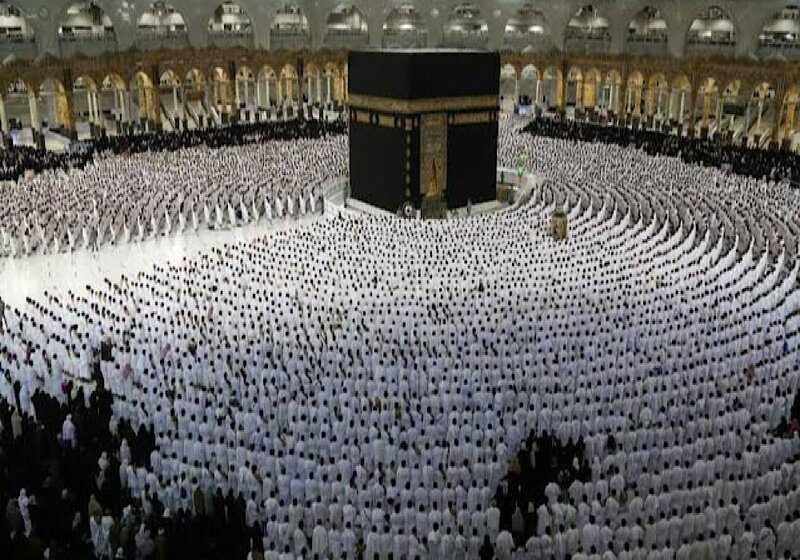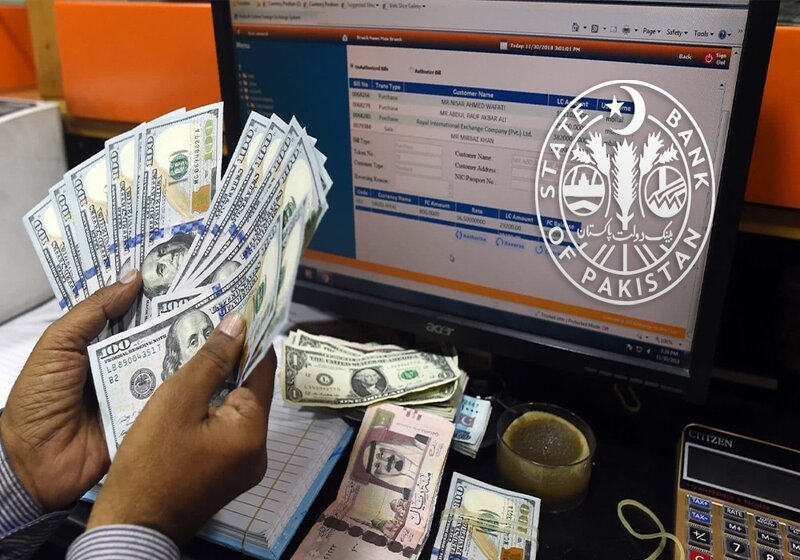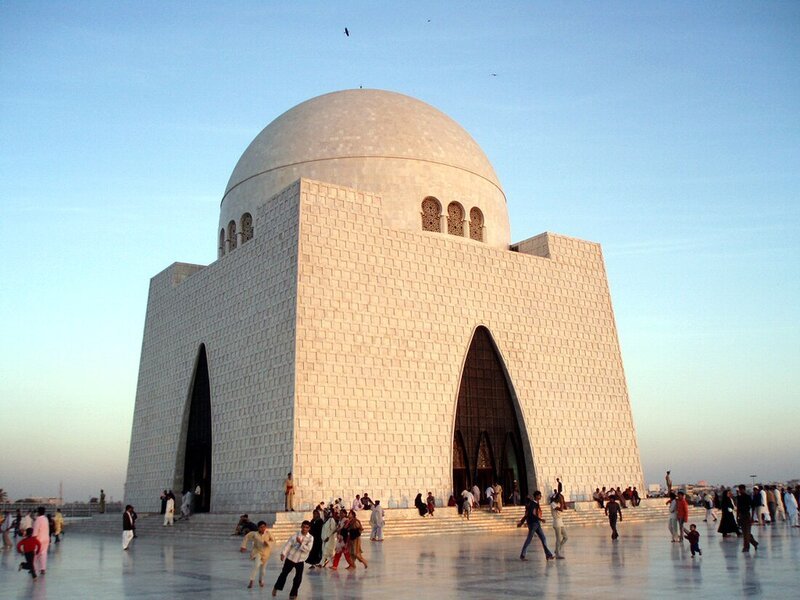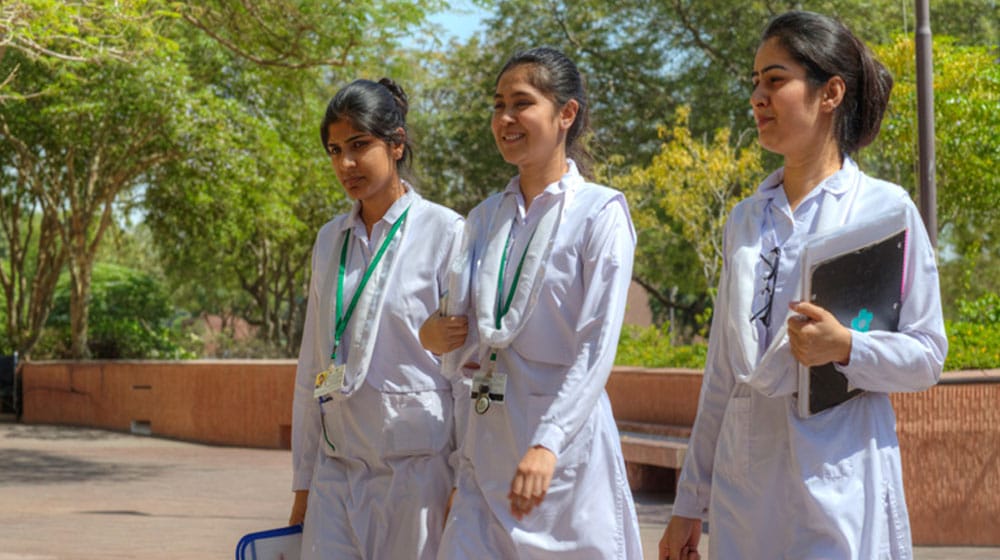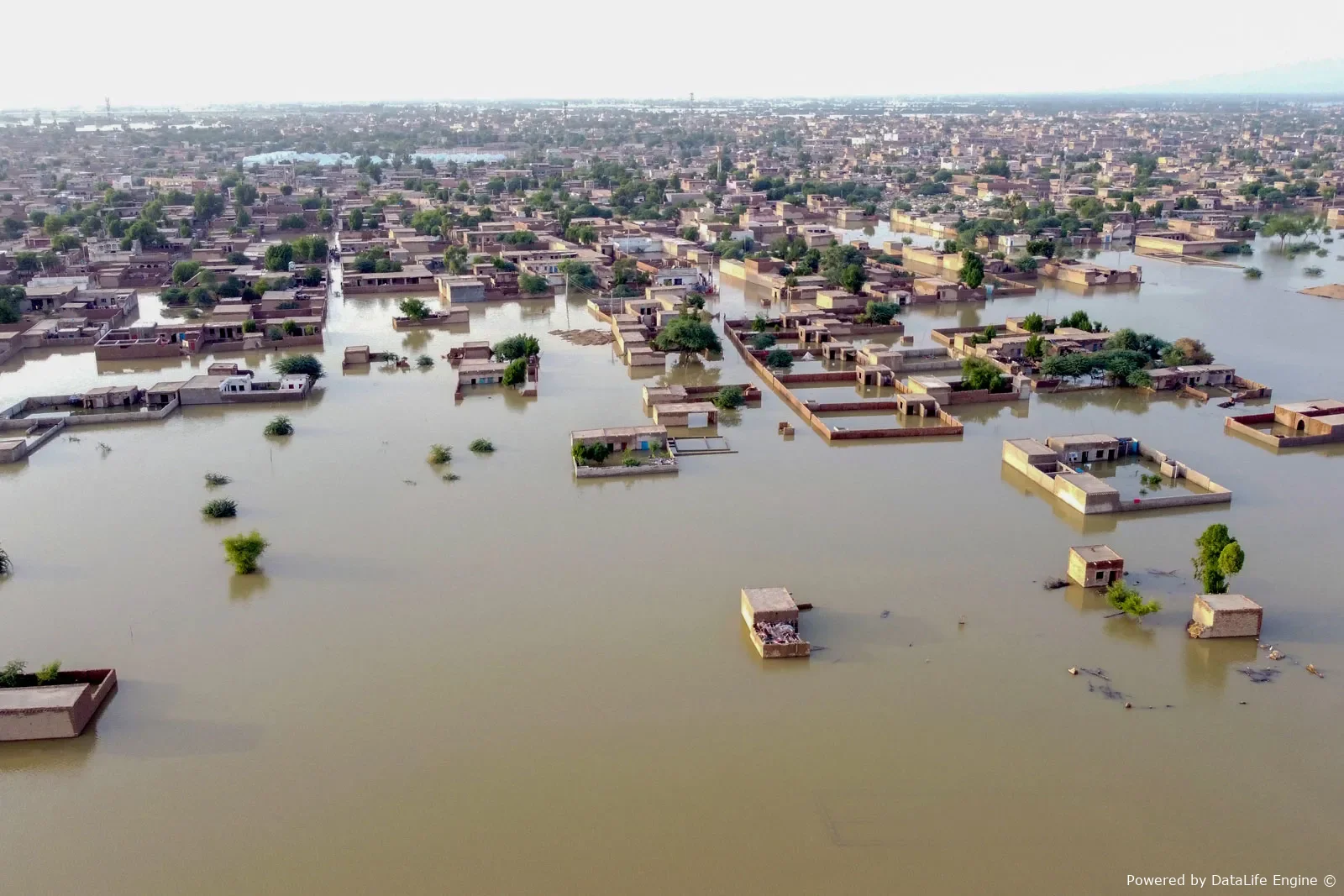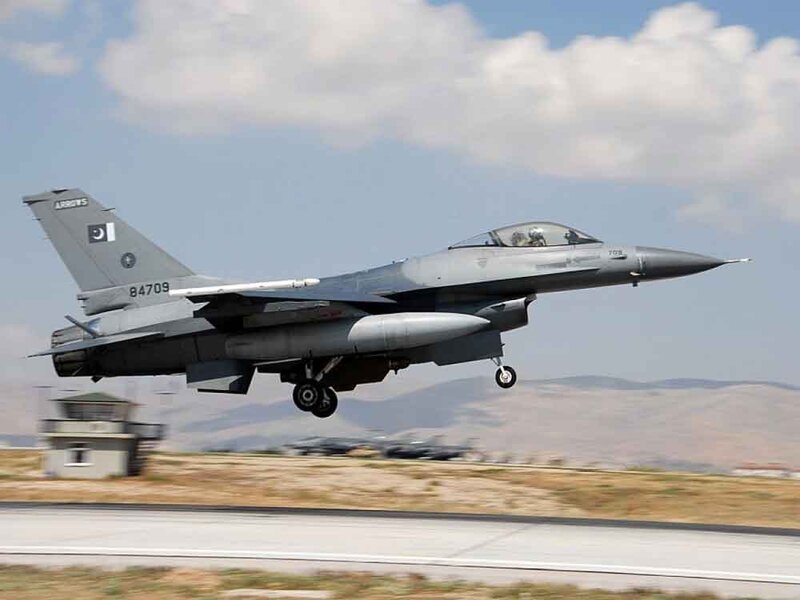The Pakistan Meteorological Department (PMD) has issued its projected lunar calendar for 2026, offering early estimates for the likely dates of key Islamic months and festivals, including Ramadan, Eid ul Fitr, and Eid ul Adha. The calendar, developed by the Climate Data Processing Centre, is intended to support religious, social, and administrative planning across Pakistan.
According to the forecast, the crescent for Sha’ban is expected to appear on January 21, 2026, marking the beginning of the month preceding Ramadan. The crescent for Ramadan is likely to be visible on February 18, 2026, suggesting that the first fast may begin around February 19.
The moon for Shawwal, which signifies the end of Ramadan and the celebration of Eid ul Fitr, is expected to be sighted on March 19, 2026. Dhul Qadah is projected to start on April 18, while Dhul Hijjah — the month of Hajj and Eid ul Adha — is forecast to begin on May 17. Based on this prediction, Eid ul Adha would likely fall around May 27, 2026, pending official confirmation by the Central Ruet-e-Hilal Committee.
The Islamic New Year is anticipated to commence with the sighting of the Muharram crescent on June 15, 2026. The following months are expected as Safar on July 15, Rabi-ul-Awwal on August 13, Rabi-ul-Thani on September 12, Jumada-ul-Awwal on October 12, Jumada-ul-Thania on November 10, and Rajab on December 10, 2026.
Expected key lunar dates for 2026 include:
Sha’ban – January 21
Ramadan – February 18
Eid ul Fitr – March 19
Dhul Qadah – April 18
Eid ul Adha – May 27 (Dhul Hijjah crescent: May 17)
Muharram – June 15
Safar – July 15
Rabi-ul-Awwal – August 13
Rabi-ul-Thani – September 12
Jumada-ul-Awwal – October 12
Jumada-ul-Thania – November 10
Rajab – December 10
The PMD’s 2026 lunar forecast provides a structured overview of the anticipated Islamic calendar, enabling citizens, institutions, and religious authorities to prepare for upcoming observances and holidays with greater convenience and accuracy.





